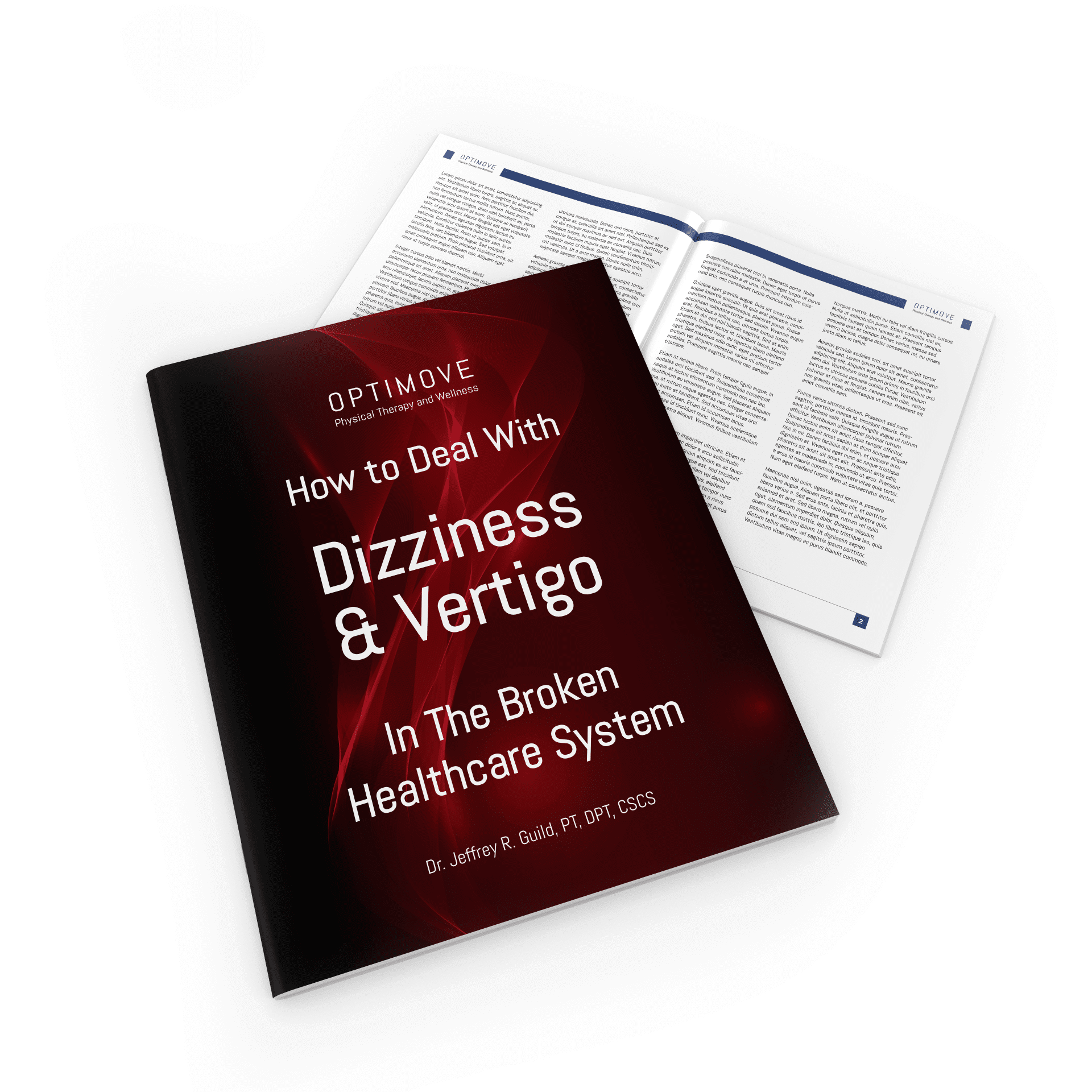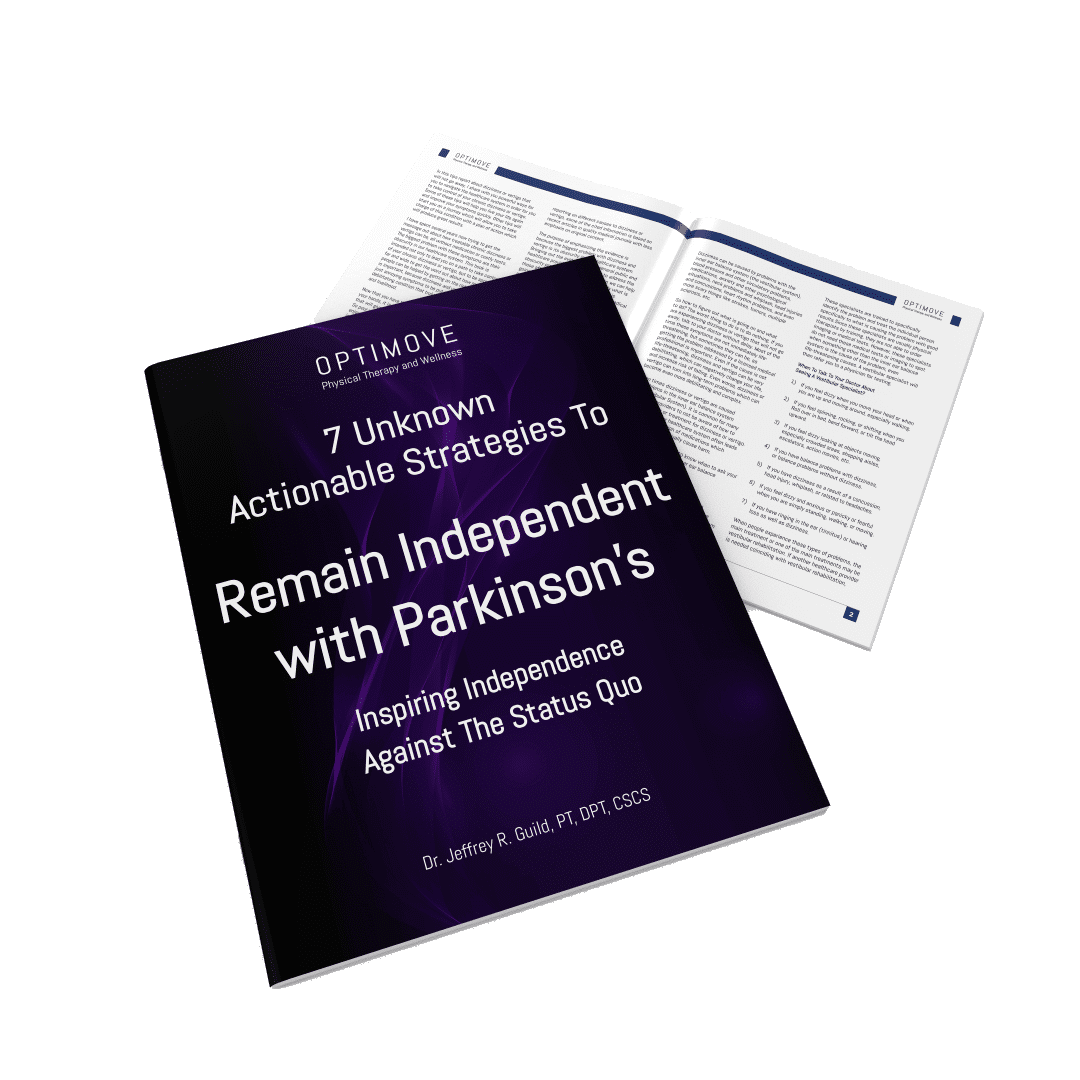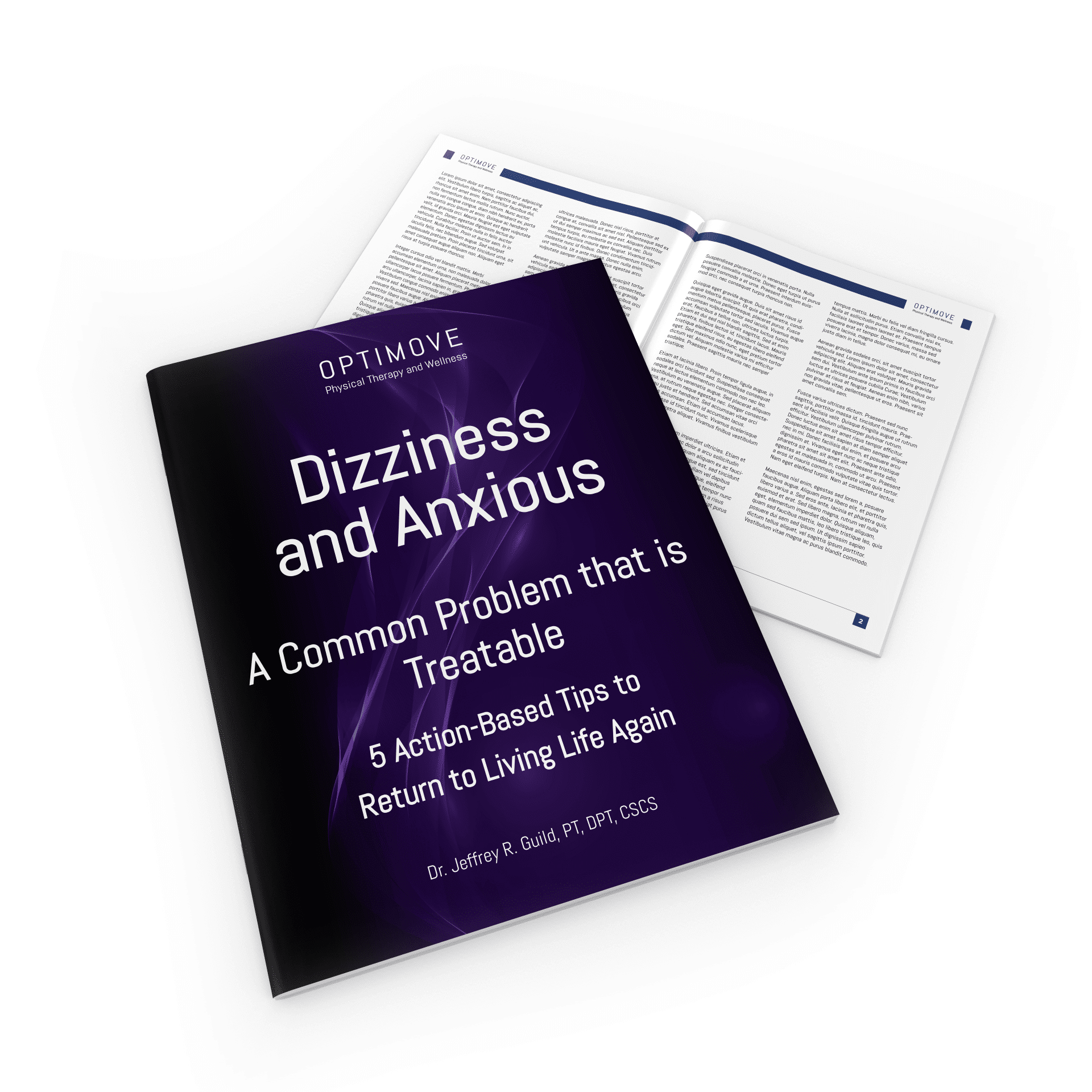Proprioception is how our legs don’t run into each other, and the lack of it affects fall and balance risks.
Do you or an aging loved one struggle with balance and falls? There is hope. Let us empower you to maintain your independence at home and in the community.
Click the link below to book your free in-home discover visit: https://old.optimovedfw.com/balanceandfallsfb
[00:00:00] Oh, that’s a great question. And so it’s basically. our sense of knowing where our legs are in space and we all have the sense of this sense unless if we don’t. Um, and so it’s a very important sense and what it really does is it gives our brain basically automatic information, um, nearly instantaneous information about where our legs are.
So if you can imagine, you know, you’re, you’re watching football on tv. You see, you know, somebody trying to catch a pass or whatever it is, you know, the ball’s in the air. They’re focused on everything except their legs. Their legs just go and their legs are going over each other, around each other, and somehow, magically the legs don’t run into each other.
right? They don’t have to consciously think about where their legs are so that the legs don’t run into each other. So the reason that we’re able to do that is because of proprioception, the ability to know where our legs are in space, or really any joint, uh, for that matter. So it, we have this sense for all of our, basically all of our joints.
Yeah. And we see this a lot and, and particularly because [00:01:00] we work with people with balance problems and dizziness and things like that, a lot of our. Have appropriate reception problem along with everything else going on with them, or the appropriate reception problem is the main problem. And the biggest problem with that, of course, is it’s often.
Undiagnosed and unrecognized. And, um, so what people will find is they’ll, uh, they’ll find themselves falling randomly. Uh, they’ll find themselves tripping up on curbs, uh, or on stairs. They need to use a railing when they go up and down stairs, when otherwise their balance might appear to be fine. But curbs, uh, random trips, uh, very random falls that can be, um, chalked up to.
So, , if that makes sense. So I was, uh, walking through a construction site and I fell that way. People in their twenties, thirties, and and forties don’t necessarily fall walking through construction sites, right? So that’s not a normal thing. But when [00:02:00] people have appropriate perception problem, they will rationalize it as a normal thing.
I tripped over something and then I fell that way. So there was a reason for it. There was a reason for it, but it wasn’t because you tripped over something. The problem was people will trip and they can’t recover from it. Their responses might be fine. If you challenge how, how quickly they can respond, it might be perfectly fine.
They can react quickly. If you test them on a normal kind of flat, predictable surface, they respond very normally, very quickly. They take a nice good quality step very quickly, which is a normal response. Um, and then they’re fine, but it’s these random situations that their body cannot adjust to. And that’s because basically when they trip, they might start.
but their legs just don’t know where to go because they don’t know where their legs are in space. Their brain is not getting that information.








